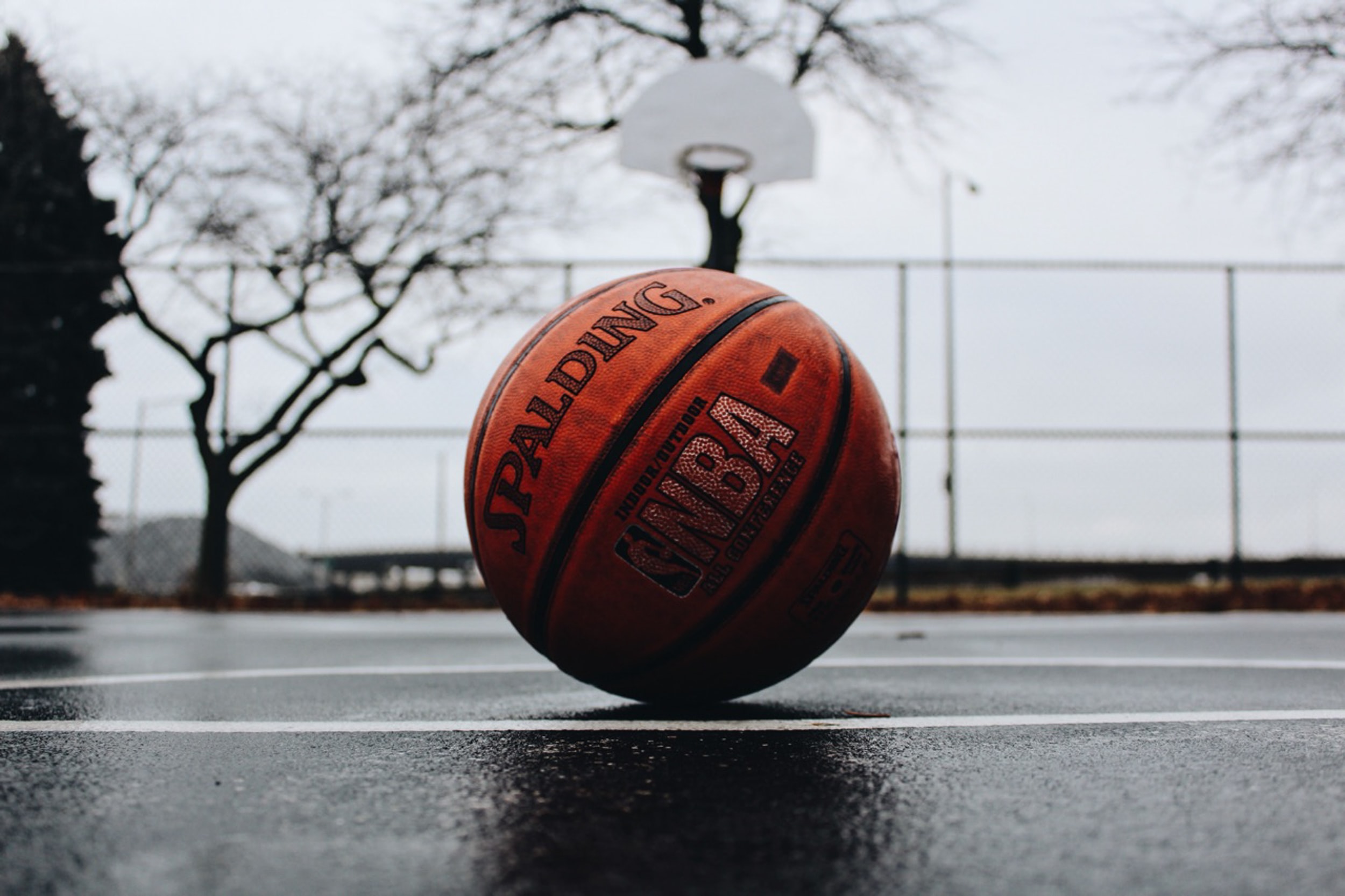
It has been discovered that the majority of common injuries that occur from playing basketball stem from fractures of the feet, cuts to the face, leg bruises, injuries to the knees, fingers getting jammed, and sprained ankles.
In a study covering years of NBA-related injuries, it was discovered that many of the athletes encounter a huge amount of injuries that come from playing the game they love. The injury that can cause the most problem is known as patellofemoral inflammation and can cause players to miss a good amount of playtime, as compared to a sprained ankle being the number 1 common injury.
Although injuries to the lower legs commonly occur, there are some other injuries that also happen to a player’s wrist, hand, face, and hips.
Most Common Injuries from Basketball
With so much jumping and sudden stops occurring, there are bound to be injuries occurring to a basketball player sooner or later. So to kick things off, we’ll start by describing the number 1 injury: the sprained ankle.
Sprained Ankle Injuries
A sprained ankle can occur while a player turns, rolls, or twists their ankle the wrong way. As a result, at least one ligament will end up getting stretched or even worse torn. The result usually includes stiffness, swelling, pain, and bruising. The time required to heal can take as long as a month depending on how severe the injury is.
Sprained ankle treatment: When it comes to treating a sprained ankle, the basic treatment called RICE is what works the best. With RICE you are implementing rest, ice, compression, and elevation to help relieve the symptoms. However, if it is noticed that symptoms have not subsided after a week, then it would be paramount to make a visit to the ER for further evaluation. After symptoms have dissipated, a physical therapy regimen can then begin to start the road to recovery.
Sprained Ankle Prevention: The best prevention for sprained ankles is strengthening the core and ensuring that you have the right equipment. This means having basketball shoes that will not slide and are able to provide the ankle with more than enough support. Additionally, the use of tape and braces are also available to aid, especially when you have a history of sprained ankles.
Hip and Thigh Injuries Associated with Basketball
Another injury that is common is known as a contusion. This occurs by being struck in the thigh by another player’s knee or elbow. Nevertheless, the major thigh injury to occur is known as quadriceps tendinopathy and has had the biggest effect on the NBA.
Treating the Bruise: The treatment for a bruise involves RICE and should be used until the bruise goes away. Afterward, a training regimen can be started through the use of physical therapy.
Knee Injuries Associated with Basketball
A condition known as patellofemoral pain syndrome occurs when pain develops under the kneecap. This type of knee injury is also common among players.
Pain associated with this injury can be pinpointed to the increased pressure of the joint because of improper alignment of the kneecap.
Patellofemoral pain syndrome treatment: Treatment for PPS can only be relieved by using RICE to help alleviate the amount of pain. After the inflammation and pain have subsided, the imbalances in the player’s biomechanics need to be corrected in order to fully recover.
Having a plan of action for increasing balanced strength is the best route to take when a serious knee injury occurs. Integrating a yoga routine, stretching, or even Pilates is a great way to ensure that balance and biomechanics can be maintained. Also, a simple brace can help maintain knee support.
Hand and Wrist Injuries Associated with Basketball
One can expect injuries to occur to the hand, fingers, and wrist due to having the ball passed to a player. Miscalculating a pass or not having the ball land squarely in the palm can easily cause fingers to be jammed, causing extreme pain. Luckily, the amount of time needed to recover is not too long.
Treating fingers that are jammed, includes using tape to secure the finger to another finger known as “buddy taping”. This taping allows healing while also being protected, and if not a serious injury, the player may be able to return to the court. However, if the swelling and pain persist then a trip to the ER may be necessary.
Face and Head Injuries Associated with Basketball
There have been many face and head injuries that have occurred due to a basketball game and the main cause are from cuts. With cuts, they can occur from many different circumstances.
Treating a cut: To treat a cut the first thing to do is to wash the wound so that it’s clean. Then apply antiseptic ointment or spray to it and then apply a protective barrier. However, if it is a deeper cut, then suturing may be necessary. Besides sutures, ice should also be applied in the instance of any swelling or pain. If a cut happens on a player’s head, you should keep your eye out for any symptoms of concussion. If a player is diagnosed with a concussion, then they will be entered into the protocol for concussion.
Tips to Help Prevent Injuries
In order to reduce the amount of injury due to playing basketball, there are a few tips that you should be aware of in order for you to continue to enjoy the game.
- Conduct warmup exercises and stretches prior to game time
- Develop a stronger core through PT, Pilates, or yoga
- Besides the exercises focused on agility, speed, power, and strength, you should also add training towards neuromuscular and proprioceptive areas.
- Focus more on endurance training so that fatigue can be lessened during play.
- Develop a proper technique when you are defending, passing, dribbling, and shooting the ball.
- Ensure that you have the proper gear like high-tops or some other type of support.
- Do not ignore injuries no matter how minor they may seem
